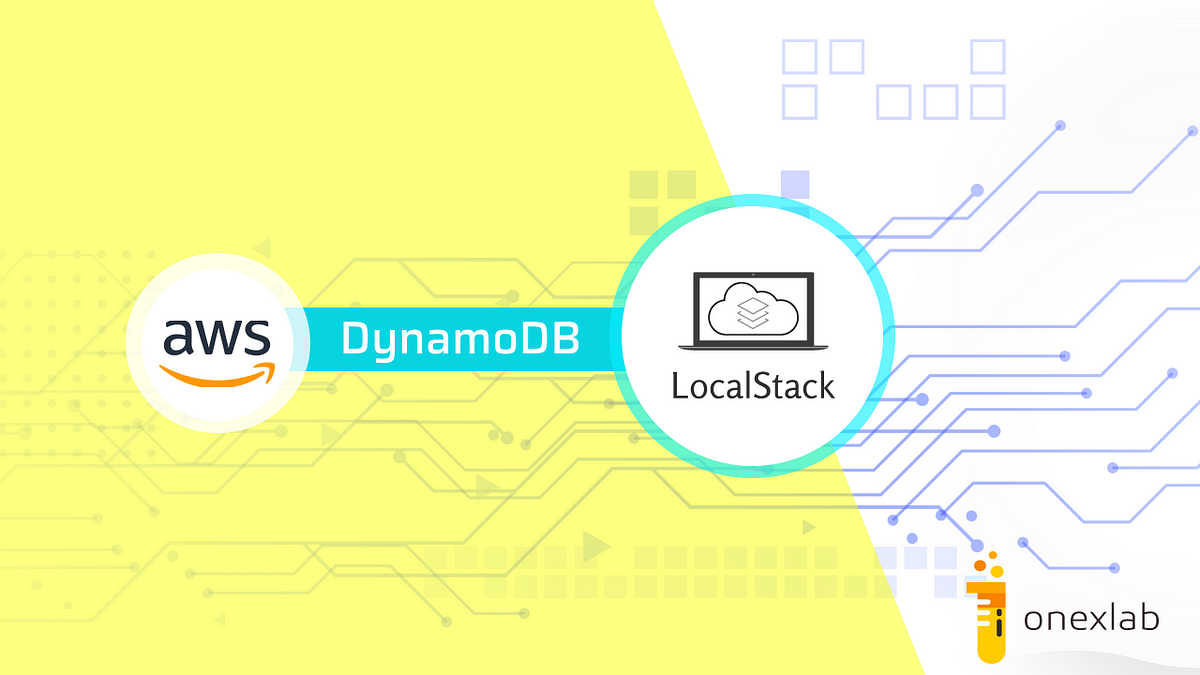

- #LOCAL DYNAMODB DOCKER HOW TO#
- #LOCAL DYNAMODB DOCKER INSTALL#
- #LOCAL DYNAMODB DOCKER CODE#
- #LOCAL DYNAMODB DOCKER FREE#
However, in my case, I needed to use this implementation in a Lambda function with AWS SAM CLI. The Amazon documentation made good effort to illustrate the implementation for Node.js and DynamoDB SDK.
#LOCAL DYNAMODB DOCKER HOW TO#
There are lots of resources on how to use this with the remote instance but very few on how to make this work in a development environment. The challenge was: how to connect the Lambda function I was working on to the local DynamoBD. Recently, while working on a serverless application, I needed to set up a local instance of Amazon DynamoDB database to allow me test properly before moving to the remote instance. This post was a result of several hours of debugging why my local instance of DynamoDB was not working correctly. Var svc = dynamodb.New(session.New(&aws.Code Is Bae Run DynamoDB Locally Novem∙ 2 min read In the case of Golang, if you set Endpoint to in the process of defining a session to DynamoDB, the existing DynamoDB process will work. It would be nice if the table could be created automatically after the container was started, but that would be another opportunity. After that, hit the shell script contained in the bin file to create a table. This will docker-compose up and launch the DynamoDB local and AWS CLI containers respectively. #Create the process you want to execute from the AWS CLI with shellscript under binĬommand: -jar DynamoDBLocal.jar -sharedDb -dbPath. ** Dockerfile (for AWS CLI) ** FROM amazon/aws-cli:2.0.56ĪWS_SECRET_ACCESS_KEY=fake_secret_access_key\ ** For table creation ** #!/usr/bin/env bashĪttributeName=userId,KeyType=HASH AttributeName=userName,KeyType=RANGE \ Start the container for AWS CLI and execute the following script to perform table operations on the container of DynamoDB local.
#LOCAL DYNAMODB DOCKER CODE#
It's a hassle to write code for this, so this time I'll put the data via the AWS CLI. Put data in DynamoDBĬreate a table and input data to the started DynamoDB local. $ docker run -p 8000:8000 -v dynamodb:/home/dynamodblocal dynamodb_sample I think you should refer to the official for options etc.ĭynamoDB Local Usage Notes FROM amazon/dynamodb-localĬMD Fortunately, DynamoDB local uses this because AWS officially publishes the image on Docker Hub.

#LOCAL DYNAMODB DOCKER INSTALL#
I don't want to install DynamoDB local directly every time because I want to use it on CI. "It's a hassle to hit DynamoDB one by one," so I feel that they are offering something more handy. Also, you don't need to be connected to the internet while developing your application. Using this local version makes it easier to save throughput, data storage and data transfer charges. Then this refers to the DynamoDB web service. When you're ready to deploy your application to production, delete the local endpoint in your code. Instead, the database is self-contained on the computer. The downloadable version of Amazon DynamoDB allows you to develop and test your application without accessing the DynamoDB web service. When using DynamoDB local, please also convert Golang resources to Docker.ĭynamoDB local is a DynamoDB provided by AWS that can be started locally.Īccording to the AWS official Setting Up DynamoDB Local It seems impossible to access the Docker container built on Circle CI from the local Circle CI (example: http: // localhost: 8000), so I made it Docker on Circle CI as in this article.

I noticed it after posting, so I added it.
#LOCAL DYNAMODB DOCKER FREE#
The entire code in this article has been uploaded to yu-croco / DynamoDB-local-Sample, so feel free to Please use it.

At that time, I wrote a unit test for Lambda's logic, but I put a hold on the interaction with DynamoDB.Īs the development progressed, various processes came in, and in the situation where "I do not know until I actually access it", various inconveniences appeared, so I decided to put in a test and investigated it. My current product uses AppSync, and I often use Lambda as the backend.


 0 kommentar(er)
0 kommentar(er)
